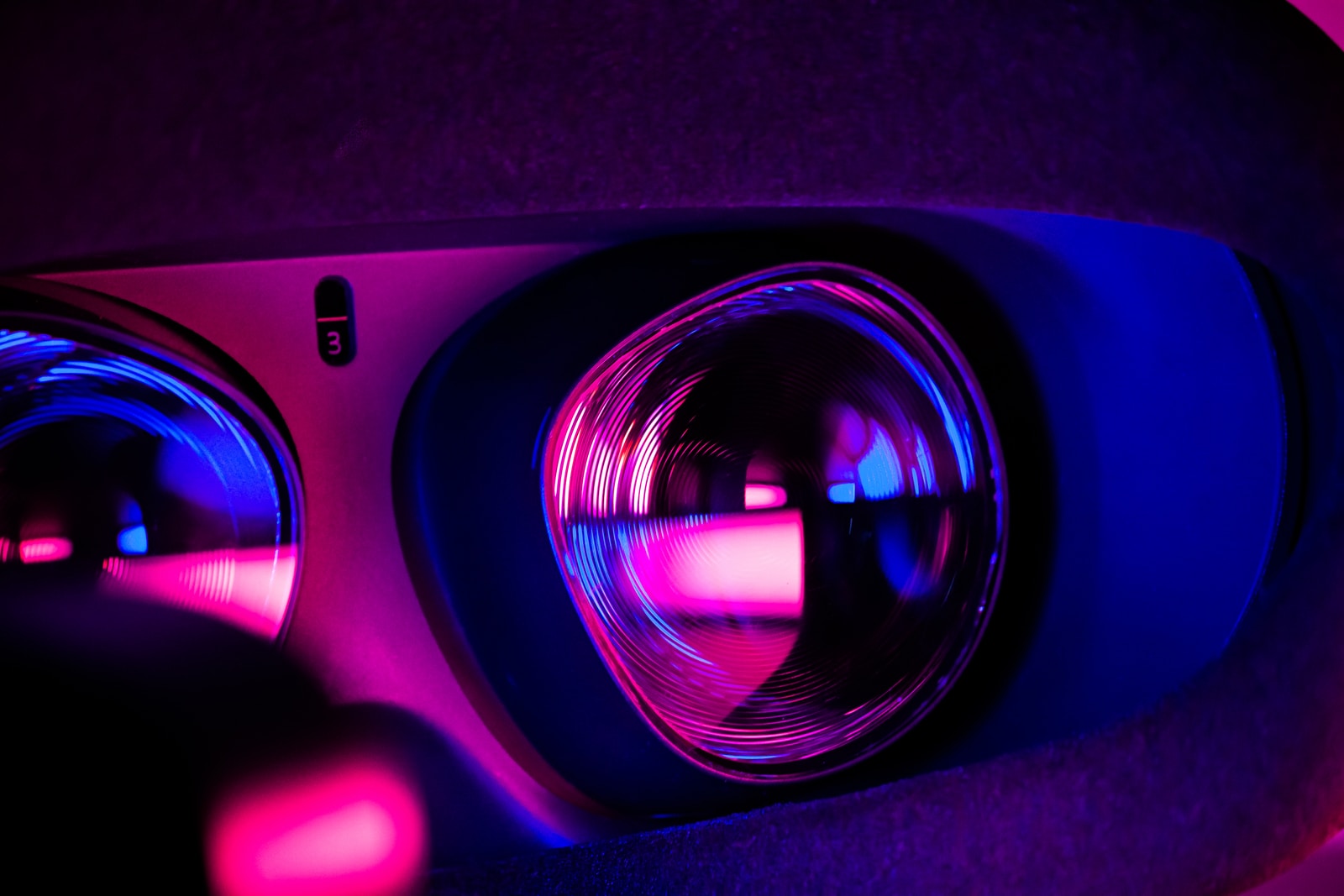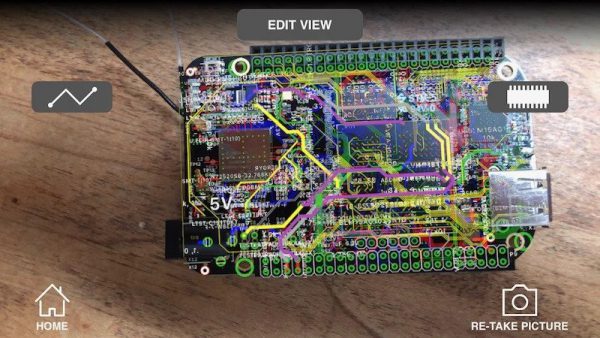
A new augmented reality (AR) smartphone app could help PCB designers visualise, debug and assemble printed circuit boards more easily.
Unlike virtual reality, which fully immerses the user in a digital world through a headset or similar device, AR overlays digital content onto an existing reality through a smartphone screen or tablet.
One recent example of a popular augmented reality product for the consumer market was Faceapp – the Russian-owned smartphone app that allowed users to age and distort their faces.
The DebuggAR iPhone app, which is currently in beta, uses similar technology allowing circuit designers to lay their digital designs over spun boards to work out what to do next and identify tricky voltage drop-offs.
In this way, they will be able to flick between the finished, virtual version of a board and the real-life work in progress to establish what still needs to be done.
It will pick up on certain aspects of the board’s design and highlights signals, components and layers for you. It can isolate any number and combination and components, so there’s no need to perform mental gymnastics to work out what’s going on with your board.
Trevor Reeves and Mihir Shah, two San Francisco entrepreneurs hope that the technology will be the lens through which all electrical engineers interact with their PCBs in the future.
A small team has been working on the project for just four months, but they have made significant progress on the app and website that work with Altium and Autodesk Eagle. And they have plans to expand to other platforms and devices except for iPhones soon.
The market for augmented and virtual reality products has increased dramatically in recent years, up to a forecast of $16.8bn in 2019. By 2023, analysts predict that the market will be worth more than $160bn.

So far, much of this market growth has been attributed to customer products including popular smartphone apps like Snapchat and Pokémon Go. But the technology is finding new uses in the manufacturing and industrial market segment.
PCB design is expected to be one of the key beneficiaries of improvements to augmented reality technology. For PCBs, AR could help address issues such as fitting electronic packages into unconventional shapes, ensuring circuit connections work properly and reducing the time-consuming process of place and route.
In the future, AR could be used to create a digital instruction manual for assembly. The technology could even be paired with artificial intelligence systems to identify missing elements, suggest alternatives and suggest alternatives.